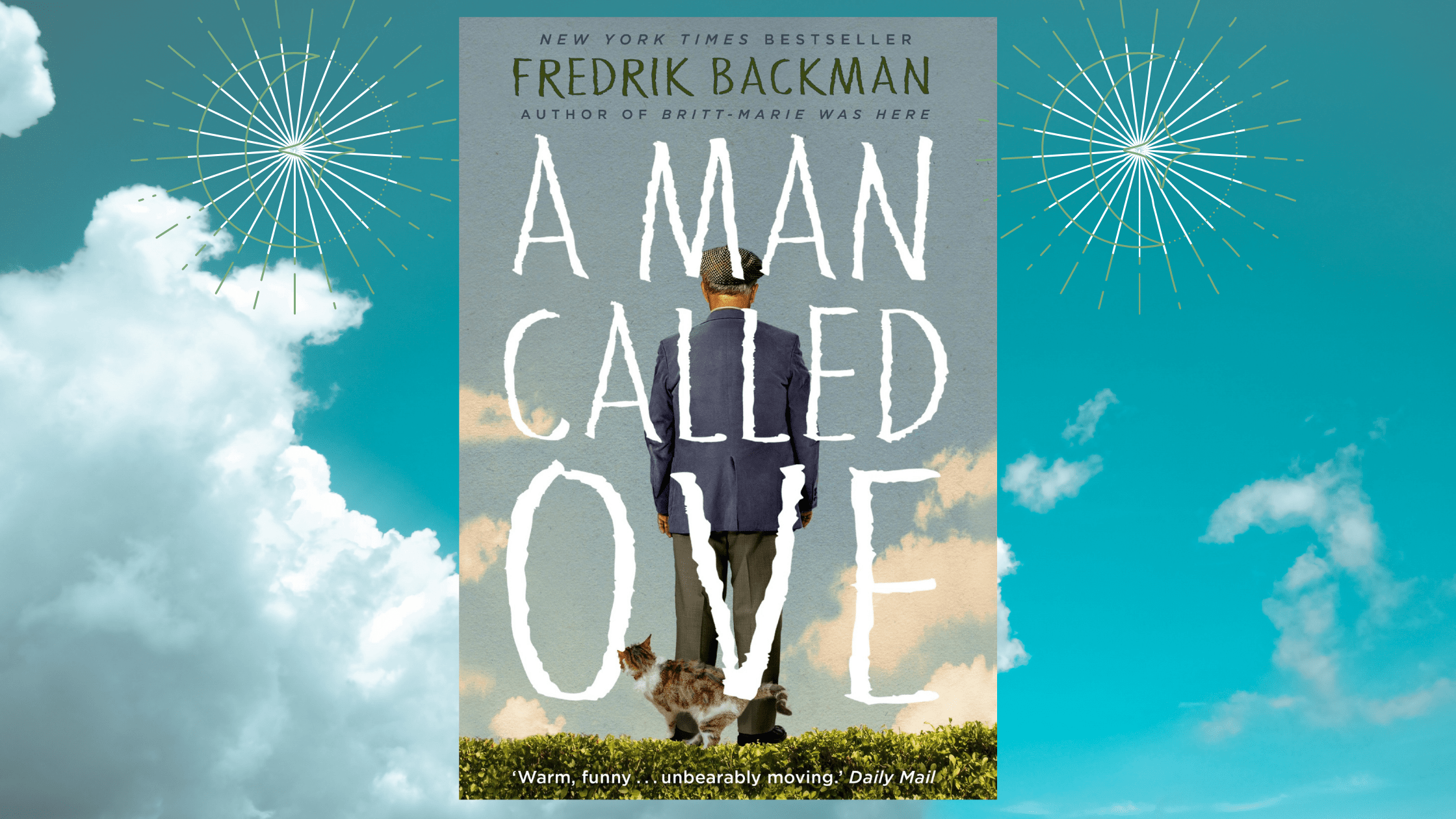A Man Called Ove was originally published in 2012 and later made into a movie in 2017. Written by Frederik Backman, the book bagged the New York Times Bestseller within a few months of being published.
Right off the bat I’m going to declare that you need to read this book. A Man Called Ove has the odd power of thawing a frozen heart, its story is filled with delicate emotions that you are bound to give into fully. It indicates that we all need a little bit of uncalled chaos in the strict order of our lives to feel completely and utterly human.
The book revolves around Ove, an aloof widower living in a small town of Sweden. He keeps to himself and you’ll find him similar to that principled authoritarian male relative in your family that everyone tries to steer clear off. Other characters that feature in this book are a goofy Iranian-American family, intrusive neighbours, estranged friends, and a cat.
Ove is a stand up guy who doesn’t necessarily understand the niceties of the world. He tends to find everyone incompetent of living up to his standards but there are more layers to him than you would think. And this is what makes the book such a warm and funny read. This is inclusive of the fact that throughout the book, Ove is trying to kill himself in order to be freed from his loneliness. He doesn’t succeed in his attempts as unknowingly, the people (and the cat) around him decide that there are many beautiful years he is yet to see.
Backman uses a remarkable technique of memories through which Ove recalls his late wife Sonja – who was one of the main reasons for Ove’s will to live. The author describes all the life events that make Ove the man that he is today. The man who has faced insurmountable loss in his life and the final one of his beloved wife acts as the very last leaf. Ove is prepared to end his life and then he runs into a pregnant Iranian woman called Parvaneh, his sweet neighbour Jimmy, and two young teenage boys at the brink of finding themselves. These characters from around the neighbourhood keep interfering with Ove’s plans of ending it all and this makes up to be very hilarious. These friendships pour into the gaps of Ove’s lives and simply provide for him that which was missing: meaning.
The story of the book is beautiful in both its characters and writing. However, as I scratched the surface of the book, a thought clung throughout the time of my reading. This was regarding the social hierarchy that separates the geriatric from the younger individuals and what it does to the former. Ove constantly runs into his ‘irrelevance’ in the workplace, his resentment towards the casual younger generation, the indifference of the healthcare system towards the infirm, and his remembrance of the days gone by where people had more integrity. A Man Called Ove’s cultural distance from that of my own doesn’t stand as a hindrance to the fact that we do live in a society where old age is just as good as invisibility.
The book was made into a movie in 2017 starring Rolf Lassgård and this doesn’t come as a surprise when I read the book. Backman’s writing can be extremely visual and one may almost question whether the book was written with the goal of screen adaptation in mind. Each circumstance faced by Ove from his youngest years to the present play out like a movie. These events may even seem a little dragged out at certain points but assuredly add to the intensity of Ove’s transformation.
The book is a slice of life story that showcases how unlikely relationships can sometimes be life giving and a source of undying hope. This book restores the faith that amongst all the hardness that humans have to put up with, authentic relationships always have a way of grounding people.
I recommend this book to everyone who has faced unforgiving loneliness during the pandemic. Ove’s story is both a reminder and proof that we all need community in our life to just help us get by.

